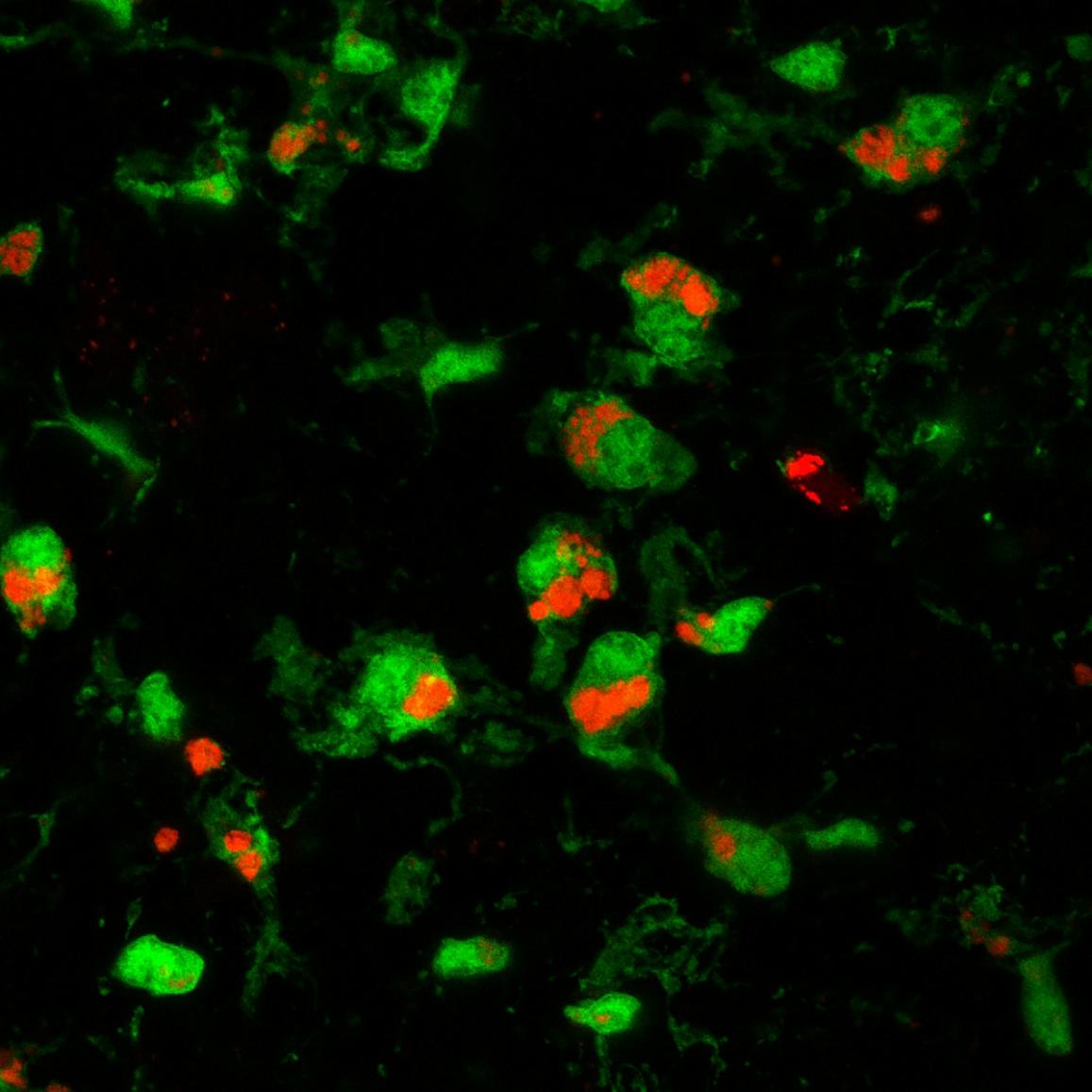Retinal prion disease study redefines role for brain cells
Microglia may benefit, not damage, photoreceptors
National Institutes of Health scientists studying the progression of inherited and infectious eye diseases that can cause blindness have found that microglia, a type of nervous system cell suspected to cause retinal damage, surprisingly had no damaging role during prion disease in mice. In contrast, the study findings indicated that microglia might delay disease progression.
The discovery could apply to studies of inherited photoreceptor degeneration diseases in people, known as retinitis pigmentosa. In retinitis pigmentosa cases, scientists find an influx of microglia near the photoreceptors, which led to the belief that microglia contribute to retina damage.
These inherited diseases appear to damage the retina similarly to prion diseases. Prion diseases are slow degenerative diseases of the central nervous system that occur in people and various other mammals. No vaccines or treatments are available, and the diseases are almost always fatal. Prion diseases primarily involve the brain but also can affect the retina and other tissues.

Microglia have been shown to be beneficial in slowing prion disease progression in the brain, and now in retina. Microglial cells (green) are engulfing and eliminating prion-damaged photoreceptors (red), which appears to slow retinal degeneration.
This page was last updated on Friday, January 21, 2022